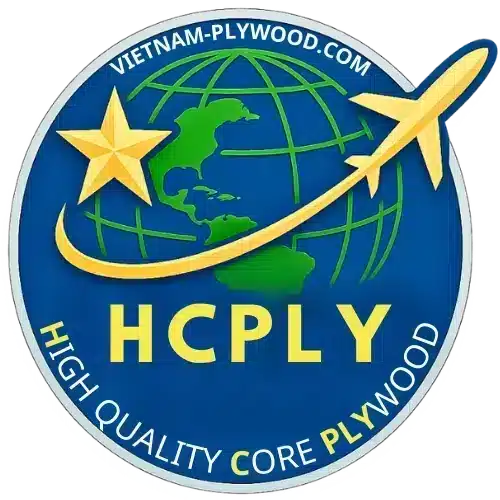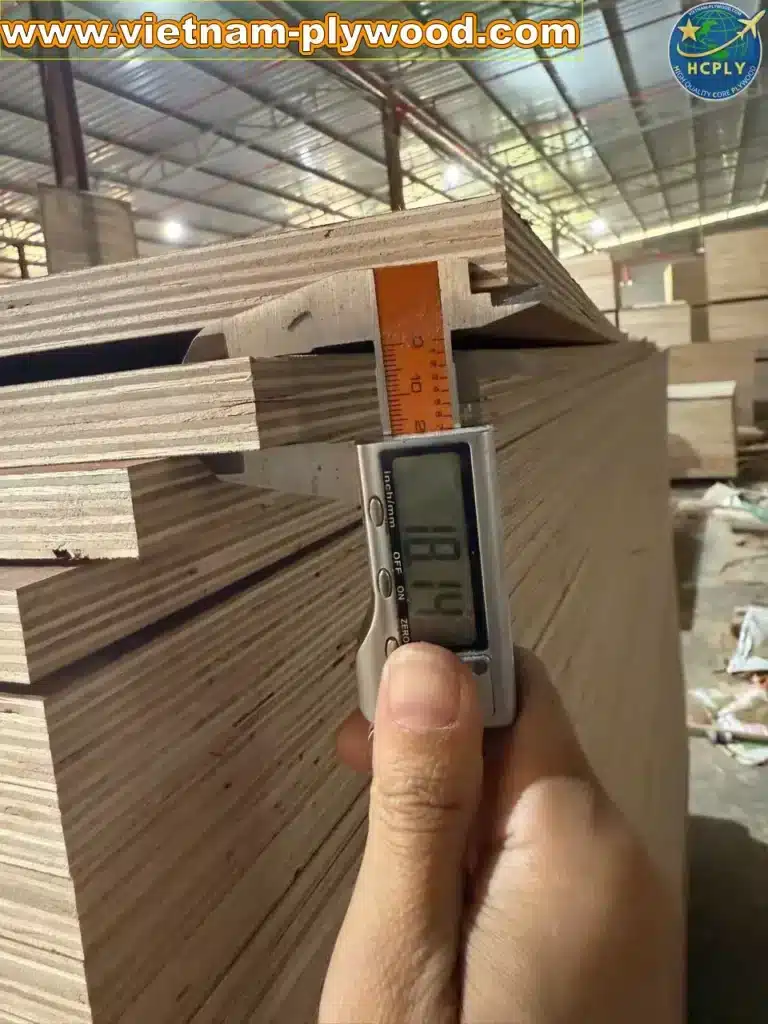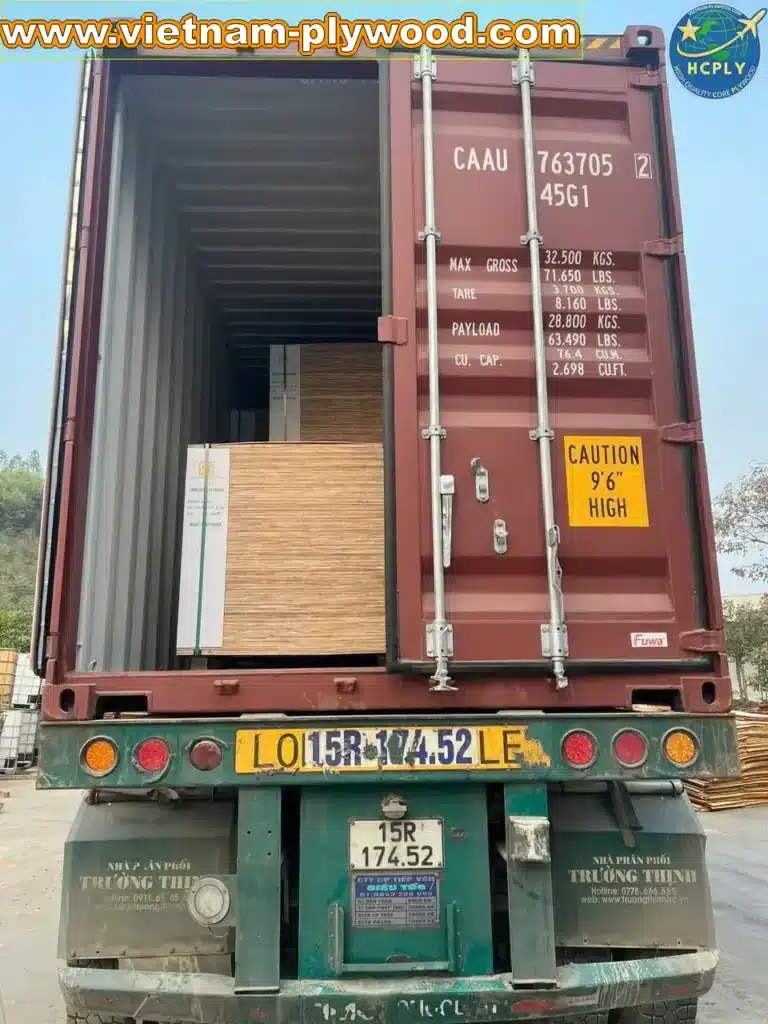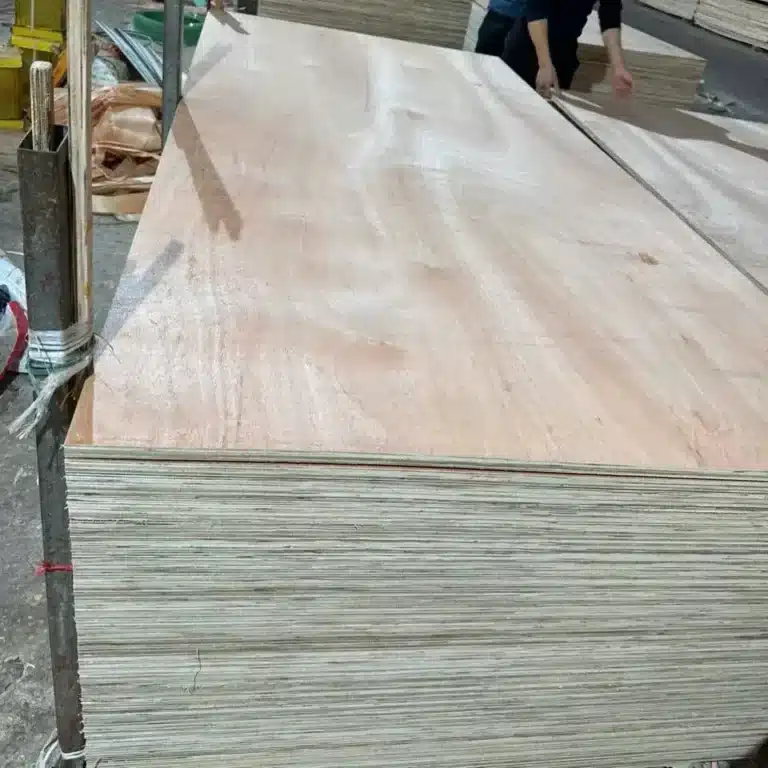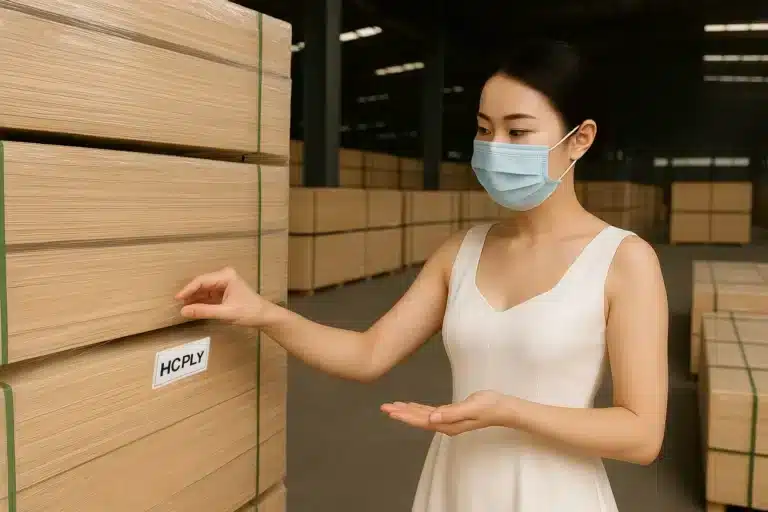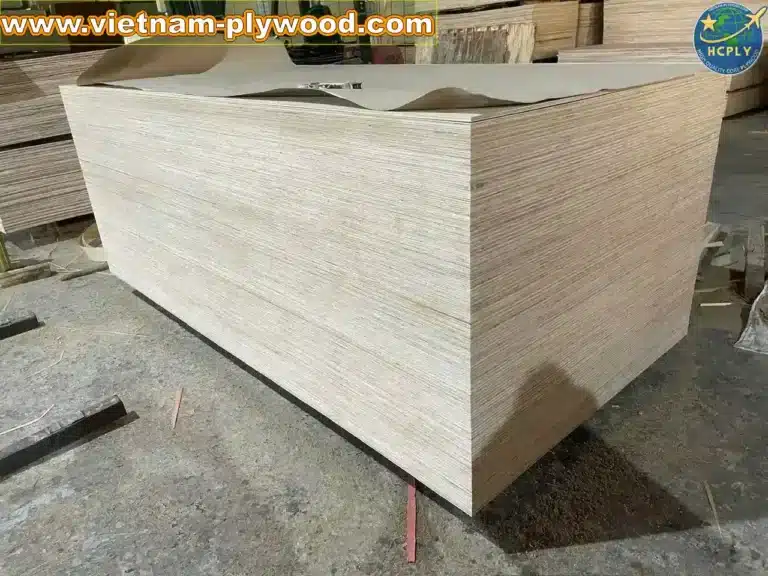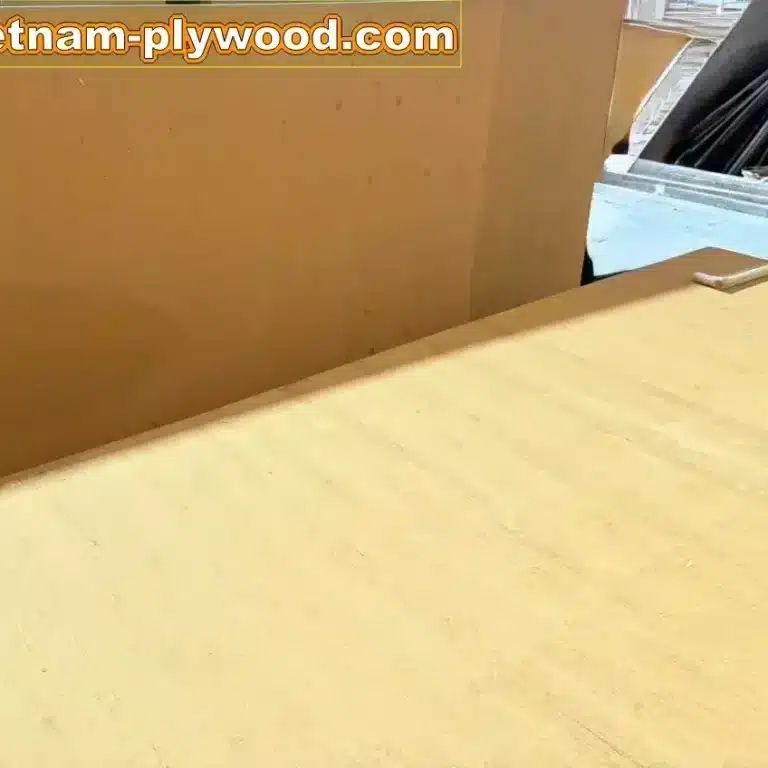Formaldehyde Emission Ratings for Vietnam Plywood – E0, E1, E2
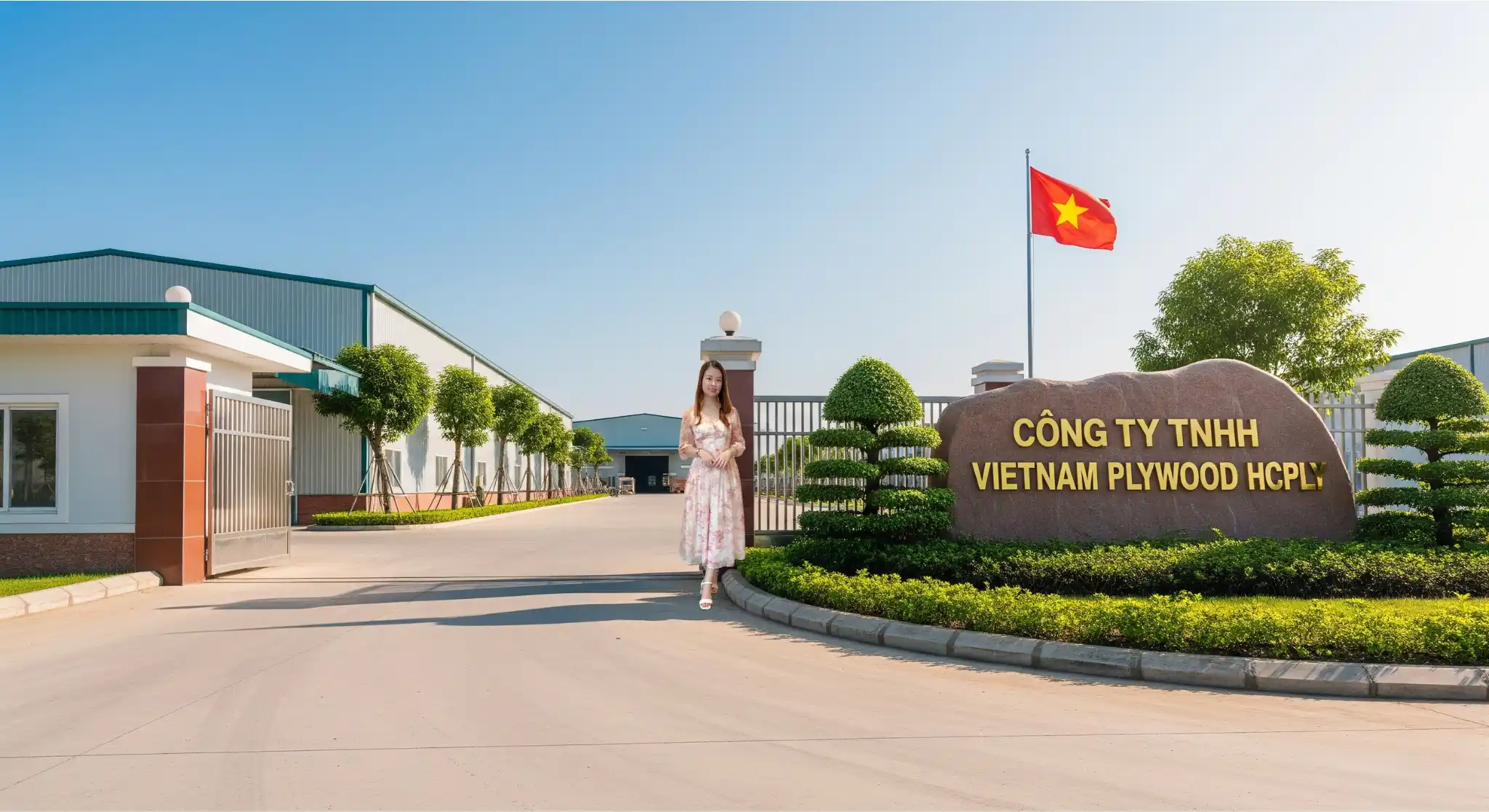
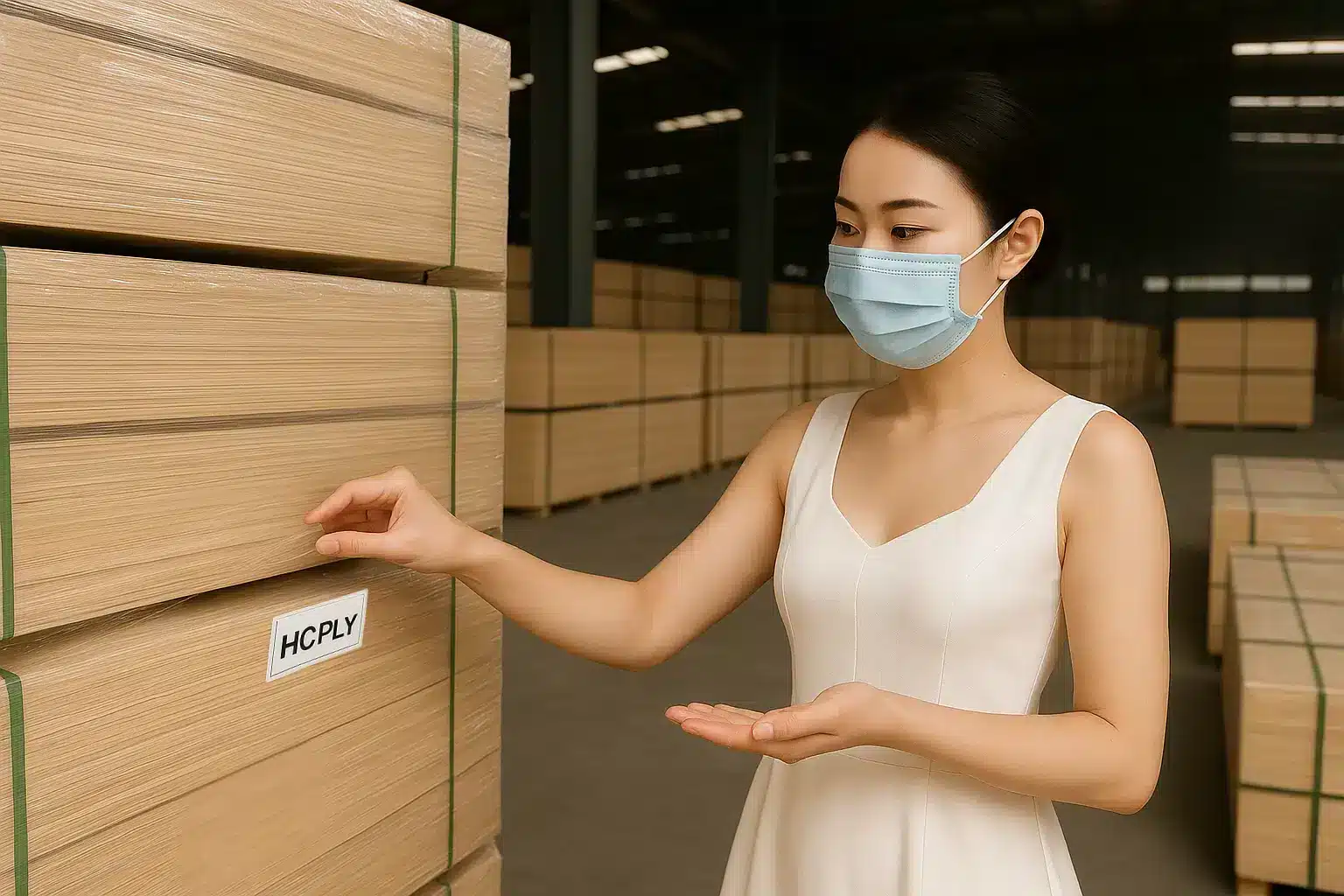
🏆 1. Introduction – Why Formaldehyde Emission Ratings Matter in Plywood
Formaldehyde is a widely used component in plywood adhesives. When present at high levels, it can contribute to indoor air pollution, cause allergic reactions, and lead to respiratory problems.
In the global plywood trade, formaldehyde emission ratings are a critical benchmark for ensuring product safety and compliance with environmental standards.
For buyers sourcing from Southeast Asia, Vietnam plywood E0 E1 E2 classifications provide a clear guide to selecting the right product for furniture, construction, and interior applications. The demand for low formaldehyde plywood Vietnam is steadily increasing, especially in Europe, Japan, Korea, and the Middle East, where strict health and environmental regulations apply.
🎯 2. Understanding Vietnam Plywood E0 E1 E2 Ratings
The three main levels of formaldehyde emission ratings used in Vietnam are:
| Rating | Emission Limit (EN 717-1) | Recommended Applications |
|---|---|---|
| E0 | ≤ 0.5 mg/L | Schools, hospitals, luxury interiors |
| E1 | ≤ 1.5 mg/L | Household furniture, office interiors |
| E2 | ≤ 5.0 mg/L | Packaging, outdoor, and industrial use |
- E0 – Ultra-low emission, ideal for low formaldehyde plywood Vietnam in eco-certified or health-sensitive projects.
- E1 – Balances cost and safety, widely accepted for export to Europe and Japan.
- E2 – Suitable for non-sensitive applications where cost efficiency is the priority.
💎 3. Why Global Buyers Prefer Low Formaldehyde Plywood Vietnam
The rising demand for low formaldehyde plywood Vietnam is driven by:
- Health protection for end users
- Compliance with strict import regulations
- Enhanced marketability for “green” products
- Reduced risk of customs delays or rejection
Vietnamese manufacturers are increasingly producing Vietnam plywood E0 E1 E2 using phenolic resin, low-emission urea-formaldehyde, or formaldehyde-free adhesives to meet these requirements.
📦 4. How Formaldehyde Emission Ratings Are Tested and Certified
Testing for formaldehyde emission ratings is conducted according to international standards:
- EN 717-1 – Small chamber method (Europe)
- JIS A 1460 – Desiccator method (Japan)
- ASTM D6007 – Large chamber method (North America)
Results determine whether the plywood is classified as E0, E1, or E2. Buyers of Vietnam plywood E0 E1 E2 should always request certified laboratory reports before confirming shipments.
🛠 5. Global Market Regulations
- EU – E1 is the maximum allowed for indoor furniture
- Japan – F★★★★ equals E0 standard
- USA – Must meet CARB Phase 2 or TSCA Title VI
- Middle East – Requirements vary, but demand for low formaldehyde plywood Vietnam is increasing rapidly
📌 6. How to Specify Low Formaldehyde Plywood Vietnam in Purchase Orders
When ordering from Vietnam, ensure that your Vietnam plywood E0 E1 E2 requirement is clearly stated:
- Include E0/E1/E2 specification in the purchase order
- Request official test reports from accredited laboratories
- Arrange random batch testing prior to shipment
- Ensure packaging and documentation clearly display formaldehyde emission ratings
💬 7. Frequently Asked Questions
Q1 – Which is better, E0 or E1?
If you need low formaldehyde plywood Vietnam for luxury or health-sensitive projects, choose E0. For general furniture that still meets EU/Japan standards, E1 is a cost-effective option.
Q2 – Can E2 be used indoors?
E2 can be used indoors for non-sensitive areas such as storage rooms, workshops, or temporary structures. It is not recommended for children’s rooms or healthcare environments.
Q3 – How can I verify formaldehyde emission ratings?
Always request and review a test report from a trusted laboratory. Match the batch number on the report with the goods before loading.
📈 8. HCPLY – Reliable Source for Vietnam Plywood E0 E1 E2
HCPLY specializes in manufacturing and exporting low formaldehyde plywood Vietnam that meets E0, E1, and E2 standards.
We supply to over 50 countries with full compliance to FSC, CARB P2, and EN 717-1, ensuring quality, safety, and on-time delivery.
🌟 9. Conclusion – Build Healthier Spaces with Low Formaldehyde Plywood Vietnam
“Good air quality begins with the materials you choose.”
By understanding formaldehyde emission ratings and selecting the right Vietnam plywood E0 E1 E2 grade, you can protect occupant health, meet market regulations, and enhance your product reputation.
Contact HCPLY today for expert guidance and competitive pricing on certified low formaldehyde plywood Vietnam.
